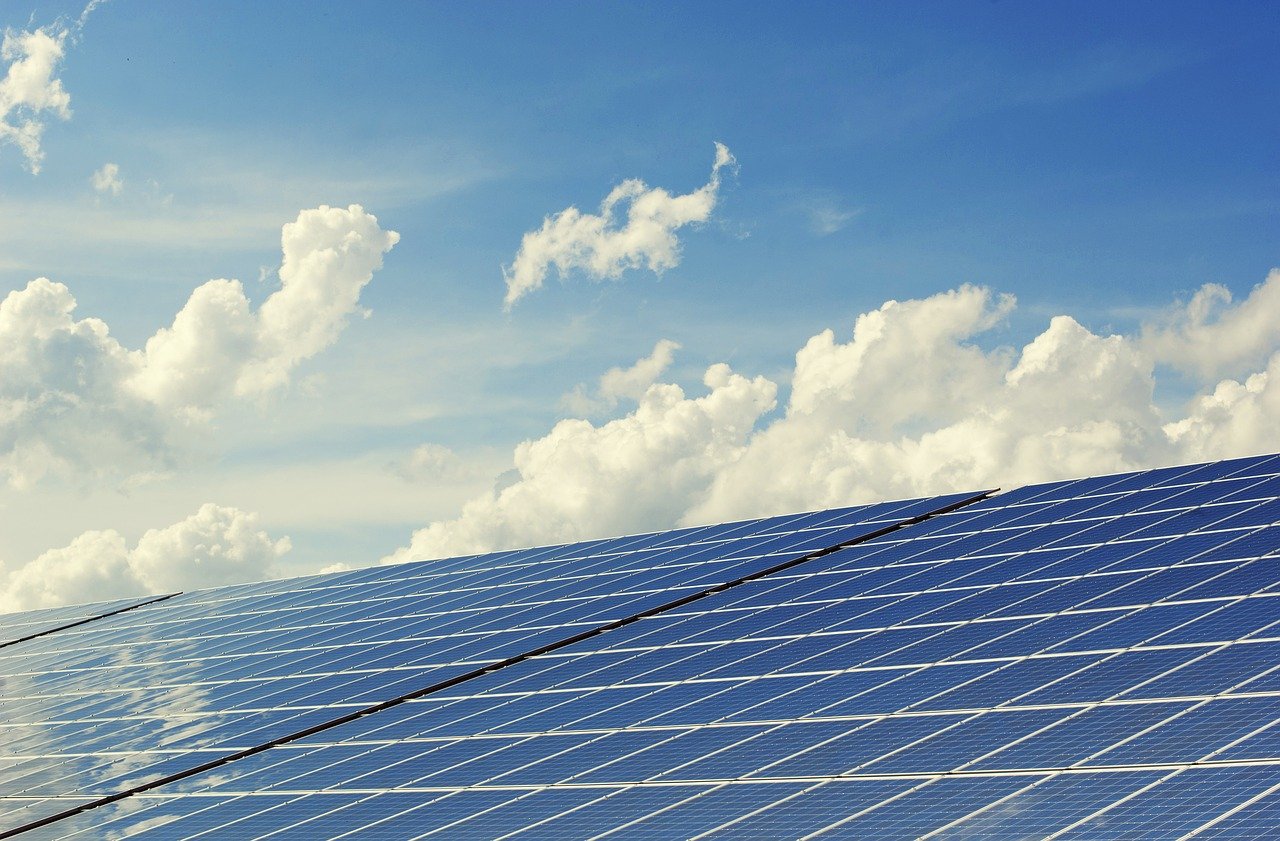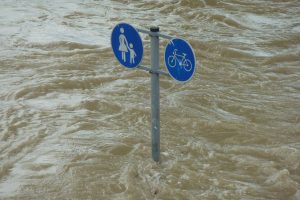The unstoppable growth of the construction of new homes is not just the only advancing field in Australia. The sales of rooftop photovoltaic panels (short: PV) are also record-breaking. It seems like Australian residents have finally found love in solar panels. In 2020 there were more than 2.68 million rooftop solar systems installed across the nation. To put this number in a clear perspective, we are talking about one in four homes have decided to install solar panels. In total, Australia had a total of over 2.68 million rooftop solar systems installed on their roofs.
Where is this trend coming from?
There is a link between the skyrocketing number of new homes (talking about low home loan rates) and the new record of solar panel sales. In fact, it is more than just a link, it seems to be a solid correlation between those two sectors.
In 2020/2021, home loan rates have significantly dropped in Australia. First home buyers (often young couples) are finally seeing a chance to take a deep breath and jumping out of the pool of financial stress and into their new home. Critically acclaimed brokers believe that this trend is not just made for one or two years. There is a high chance that it will continue over a four-year period. Current fixed long-term mortgage rates are often as low as 1.69% leading to a steady rise of first home buyers and a surging rate of new homes.
Energy efficiency standards and new homes
In Australia, the current requirements state that all new homes need to meet a minimum energy efficiency standard. Now, what does this mean? In other words, every new home, every new house needs to get an energy efficiency rating. This needs to be provided with an energy certificate. Only an energy standard approved house can be built, with no exceptions. Recent published data shows that the overall number of new certificates being approved is ground-breaking. For example, in December 2020, the number was more than 21.500 certificates – punching well above the long-term monthly average of 14.000.
“Black summer” and the potential for smaller communities
The “Black summer” bushfires, or as many like to call it the “Sumer of crisis” showed Australia how devastating climate effects can occur on this continent. A bushfire season which leads to a new record of lost homes across New South Wales and Queensland. Amplified by the extremely hot, dry conditions and combined with the long-term lack of rainfall and occurrence of severe droughts, the burning fires during “Black summer” were broadcast across the globe.
A plan needs be formed to cut all domestic greenhouse gas emissions and to phase out the burning of fossil fuels. Focusing on smaller communities across the nation, what are the potential of solar panels? Since the “Black summer” took place, many communities are taking matters in their own hands. Often based on a feeling of being left alone, many believe in those ideas. And what is a great way going off-grid in terms of electricity? Well, installing standalone solar-powered systems.
A rebate to encourage Australian people
But how can the rising number of solar panels sales get another push? By giving the residents a high rebate. Looking at NSW, the government is providing a large discount off the price of solar systems – a rebate to attract people. The average rebate for any solar panel being installed on a new home is $3.250 (based on a common size solar system). Any solar panel which does meet the guidelines of the Clean Energy Council in Australia is eligible for this rebate.
Low-income households are getting supported
Currently, even low-income households are not being left out from this rebate. This scheme is specifically targeting poorer residents by giving them a solid solution to invest in solar panels. The current state of this program is named a trial rebate program, helping everyone with a low income. Exact numbers are not published yet, however, there is no specific age bracket included in this rebate – anyone from young adults to seniors can apply for it. Current numbers show that at least 3000 households in NSW will receive this help. The rebate is set to finish in 2030 – following the guidelines of the government.
There are no current plans for what will happen after 2030.
Australia – The leader in installed solar panels
Results of the International Energy Agency show that Australia is the current leader in installed solar panels on a per capita basis. Compared to worldwide numbers, for Australia this means eight times the worldwide average (591 watts per person for Australia). Based on the sunny weather and the warm climate, many experts believe that the Australian continent is the prime location for harvesting solar energy.
Now what does this mean in terms of being more sustainable and aiming at a continent full of zero energy and zero carbon buildings? Well, we are on it, mate.


